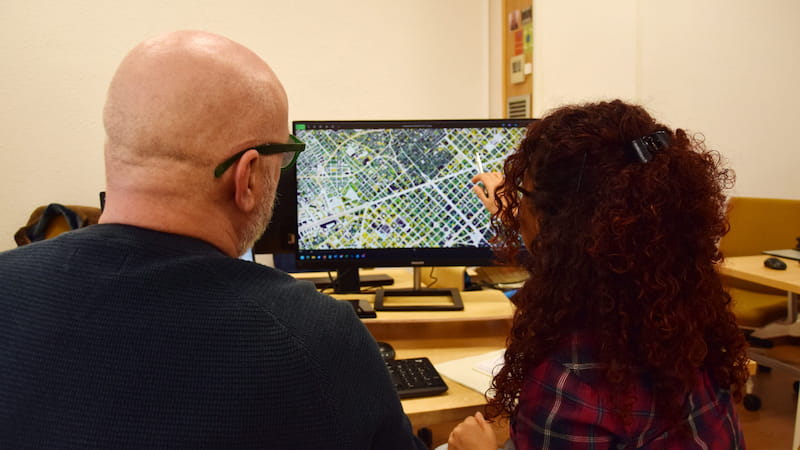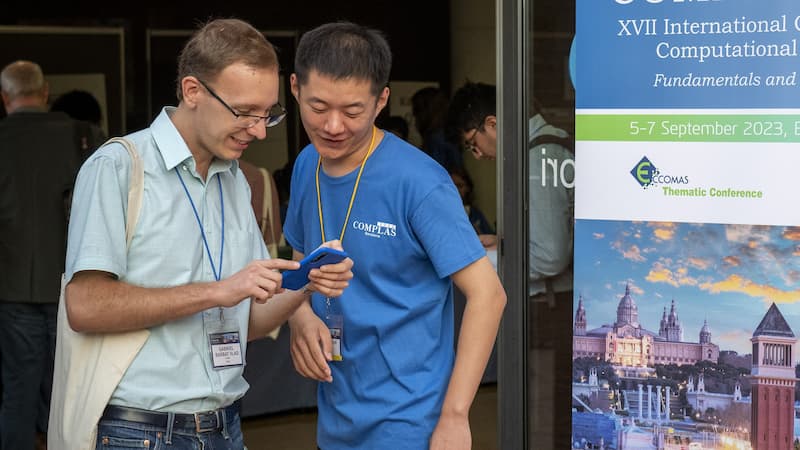ABSTRACT
The world around us is filled with structures that respond to external stimuli and adapt their internal structures to perform specific functions. For example, plants have the ability to sense changes in their environment, such as changes in gravity or light, and modify their shape accordingly to survive. During development, neurons respond to their surroundings by growing and connecting different parts of the brain. Additionally, octopus arms and elephant trunks are respond to neural stimuli and have inspired the development of soft robotics. In this talk we will first develop a general theory of active structures, characterized by a solid matrix with embedded active components and suitable to model both biological and engineering systems. I will propose a unified mathematical framework to model how multiple stimuli can be combined at the microscopic level to produce changes at the macroscopic level, and apply these ideas to various systems.
SPEAKER
 Alain Goriely is professor of Mathematical Modelling at the University of Oxford and a member of the Mathematical Institute. He is currently director of the Oxford Centre for Industrial and Applied Mathematics (OCIAM), the director of the International Brain and Mechanics Lab (IBMATL, with Antoine Jérusalem), a fellow of St Catherine’s College (Catz), and a Fellow of the Royal Society (FRS). He has broad interests in applied mathematics. His current research includes the mechanics of biological growth; the modelling of the brain, the theoretical foundations of mechanics; the dynamics of curves, knots, and rods; the modelling of cancer; the development of new photovoltaic devices; the modeling of lithium-ion batteries and, more generally the study and development of mathematical methods for applied sciences.
Alain Goriely is professor of Mathematical Modelling at the University of Oxford and a member of the Mathematical Institute. He is currently director of the Oxford Centre for Industrial and Applied Mathematics (OCIAM), the director of the International Brain and Mechanics Lab (IBMATL, with Antoine Jérusalem), a fellow of St Catherine’s College (Catz), and a Fellow of the Royal Society (FRS). He has broad interests in applied mathematics. His current research includes the mechanics of biological growth; the modelling of the brain, the theoretical foundations of mechanics; the dynamics of curves, knots, and rods; the modelling of cancer; the development of new photovoltaic devices; the modeling of lithium-ion batteries and, more generally the study and development of mathematical methods for applied sciences.







